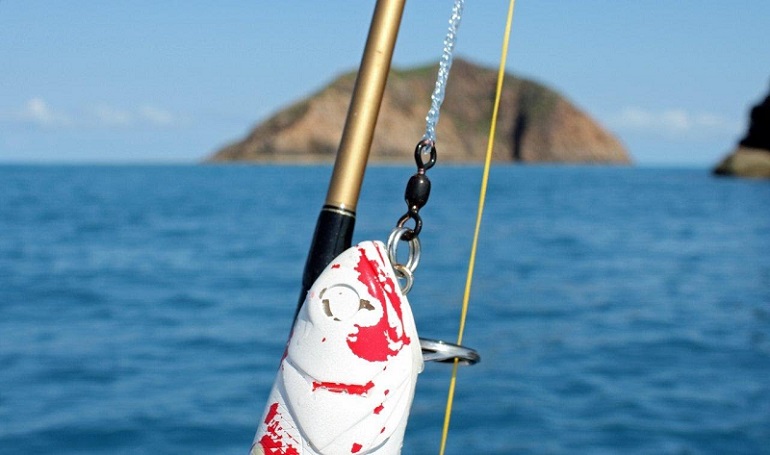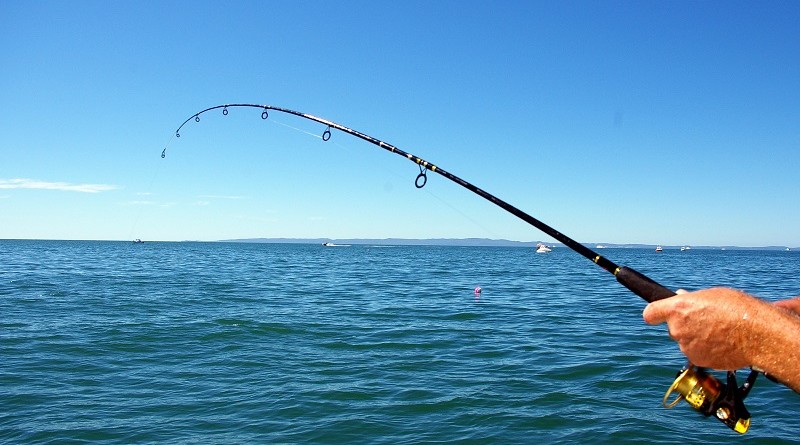With the Right Fishing Leaders You’ll Be Leading the Game
Many of the inshore and freshwater gamefish we seek with a light and spinning gear posses striking dentition. The ability of these to slice, tear or cut large prey is impressive. These same teeth can also wreak havoc on a fishing tackle, mincing soft plastics, trashing plugs and slicing and dicing line. In this article, I’ll share with you some general fishing leader tips and I hope will help you figure out what you need to look for when buying fishing leaders for sale.
As you all know, leaders are designed to look invisible in the water in order to fool the fish into thinking that a fly is food instead of bait. Leaders are made from lighter materials than fly lines, thus they cause less disturbance when hitting the water. This makes the action of tossing a leader in the water less likely to scare away timid fish.
The leader is positioned directly after the fly line, which is tied to the end of the leader, known as the tippet. The leader is connected to the fly through braided, monofilament or welded loops. Most new fly lines already have braided loops attached to the end, so a leader can be attached without having to attach the loop to the fly line. If the fly line doesn’t have a pre-fitted loop, you can simply attach one with a secure nail knot. Some people decide to use superglue to strengthen that bond. Adding superglue should be done with great caution and precision as it can cause a stiff joint. This causes unnatural action which can alter the accuracy of the cast.

Leaders are tapered, clear lines and are usually between 3 and 8 meters, although shorter and longer ones are available if you look specifically for short or long fishing leaders for sale. The end which attaches to the fly line is also known as the butt end and it is wide and thick. The leader tapers down to a fine, thin end, known as the tippet, and the fly is connected to the end of the tippet.
The tippet is a clear, strong thread made of fluorocarbon and monofilament tippet. When the leader is damaged or the fly is replaced, a small section of the leader is snipped off. Eventually, the taper will become so greatly reduced that a new leader will be needed. Flies tied to thick leaders will not present well due to their weight balance being changed. When in the water, the tippet becomes invisible, helping you fool the fish. Instead of attaching a new tippet thread, most fisherman replace the entire leader because the tippet is the weakest and smallest part of the fly fishing rig. It’s also comprised of two joins, which doubles the risk of lost flies and breakage.

